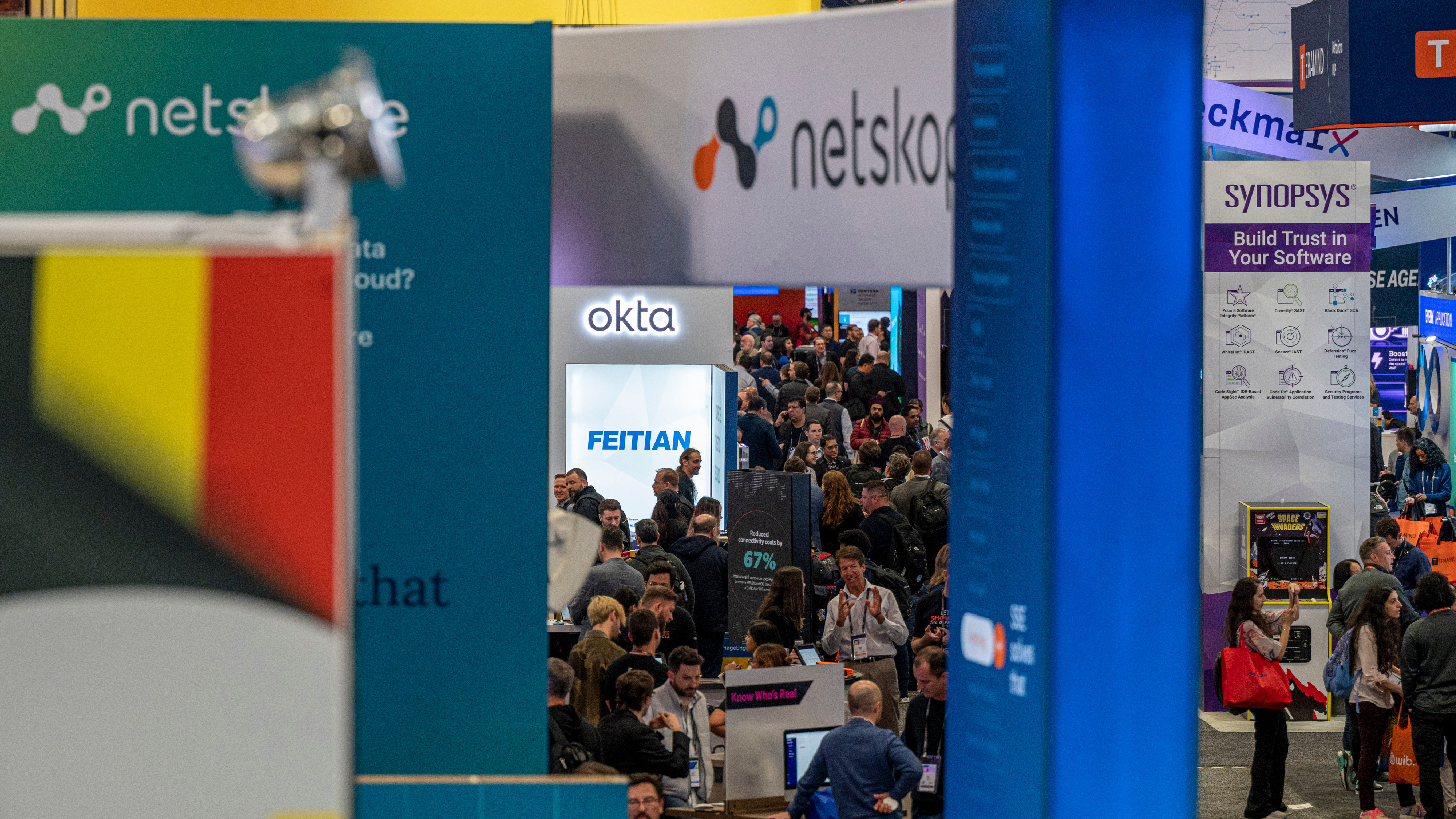Housing association dumps ageing system to move to cloud
Viridian Housing Association took the opportunity to transform its IT operations with a move to the cloud


Most businesses reach a point when they have to choose between dumping their existing assets and starting again, or refreshing
It was a particularly difficult decision for Viridian, a UK-wide social housing association based in London, the organisation had an in-house IT system that managed everything from customer enquiries and payment to supplier and contractor coordination, often through bespoke applications.
Viridian, which supports more than 30,000 residents in England, wanted to use the opportunity to move away from its dependence on internal systems to a cloud-based IT model. It was thought that by transitioning into the cloud Viridian’s 850 employees stood to benefit from a more flexible working environment, while the company could also shift its IT expenditure to a more efficient pay-by-usage model. This had the potential to provide Viridian with more control over IT costs and the ability to drive greater efficiencies.
The Viridian team had a strong desire for IT to enable efficiencies and agility for the organisation. The starting point was the ability to deliver assured applications on a 24/7 basis. The best way to achieve this was by moving these applications to Viridian’s cloud environment, providing the company’s IT team with peace of mind that they had a robust and reliable cloud platform able to provide the level of service required around the clock.
Moving services to the cloud needed to ensure that network reliability and availability of services were not compromised. The Exponential-e carrier-class network provided the robust network infrastructure and its Virtual Data Centre was used to build Viridian’s high performance cloud environment.
Viridian’s existing in-house systems faced two critical challenges. Firstly, its internal IT systems were nearing the end of their useful life and struggling to cope with the most modern applications and business demands. Secondly, Viridian needed to move to new premises, which could not accommodate its data centre.
The combination of both of these requirements provided a huge impetus for Viridian to migrate its IT systems to a cloud environment. By retiring its existing infrastructure at the end of its lifecycle, Viridian could be confident that it had “sweated the assets”, yielding the greatest return on investment possible from them. This meant that the time was right to retire these systems and deploy an entirely new, cloud-based approach to IT.
Get the ITPro daily newsletter
Sign up today and you will receive a free copy of our Future Focus 2025 report - the leading guidance on AI, cybersecurity and other IT challenges as per 700+ senior executives
Choosing the Cloud
A tender process was held, with a number of leading companies in the market being considered. Ultimately, Exponential-e was chosen based on its ability to provide Viridian with a hybrid cloud solution that enabled it to deliver a comprehensive service offering, while also providing the carrier-class network infrastructure required for a high performance cloud environment.
By opting for a hybrid model that extends the functionality of existing internal IT systems into the cloud, Viridian ensured it had the time needed to move into the cloud in a controlled way.
This incremental on-boarding approach to cloud migration allowed Viridian to balance its expenditure on internal IT and cloud services. As the expenditure on internal IT systems was reduced and equipment retired, more investment could be made in new cloud services.
Additionally, legacy applications that made more limited demands on processing and storage capabilities could be left running on existing equipment, while more demanding business services could be hosted in the cloud, effectively extending the life of existing systems.
Following the tender process, the project started off with a number of deep dive technical scoping sessions where Exponential-e worked with Viridian’s IT team to determine exactly what the solution should entail. From here, Exponential-e was able to move to a detailed design stage, during which a project plan was set out. A migration strategy also needed to be rolled out, which involved the transfer of physical hardware to Exponential-e’s data centre.
Following this, the project then moved to the build stage and subsequently a examination period where the network was tested for readiness. The rollout began with Viridian moving critical applications to the cloud, such as email, a new directory, and SQL. This provided direct evidence of how the cloud model could transform Viridian’s business, providing enhanced IT services to both employees and residents.
Supported by Exponential-e’s national 100 Gigabit Ethernet core, Layer 2 VPLS network, a robust network link from Exponential-e’s data centre connected Viridian’s regional offices in the Midlands and West Sussex. The high capacity network is critical to ensuring solid access to Viridian’s cloud-based services.
Alongside supporting this critical cloud access, Exponential-e also installed an end-to-end management service that oversees Viridian’s critical systems, including the Virtual Data Centre and Disaster Recovery. This guarantees that Viridian’ critical data is constantly backed up and can provide it with rapid access to any necessary information in the case of unexpected outage.
In the event of a systems failure, Viridian could switch to running on the cloud within 24 hours, minimising any downtime. In comparison, an organisation relying on internal IT infrastructure alone would require many days to recover from such a failure, greatly increasing its loss of both reputation and revenue.
Viridian’s IT team now can now easily managed its cloud estate via Exponential-e’s cloud portal, where all assets can be managed instantaneously.
Transitioning to a cloud environment required careful consideration and assessment of business needs and existing infrastructure. Exponential-e’s expert cloud team provided invaluable advice on this transition and worked closely with Viridian’s in-house IT team.
People, processes and IT assets were all considered and the end cloud solution was designed to best meet the future needs of Viridian whilst taking into account existing capabilities and resources.
Finally, many of Viridian’s critical applications, like email, were completely rebuilt and an entirely new application environment created in the cloud.
The implementation of the project is only the initial part of a transition for Viridian and there are many steps left on the road ahead. Viridian is in a process of maturing its IT services and is now looking to improve its service model, definitely making this a process of evolution.
Ultimately the goal is for Viridian is to have an entirely hosted IT model that is as flexible as possible, allowing the company to pay for what it uses.
Rene Millman is a freelance writer and broadcaster who covers cybersecurity, AI, IoT, and the cloud. He also works as a contributing analyst at GigaOm and has previously worked as an analyst for Gartner covering the infrastructure market. He has made numerous television appearances to give his views and expertise on technology trends and companies that affect and shape our lives. You can follow Rene Millman on Twitter.
-
 Criminals target APIs as web attacks skyrocket globally
Criminals target APIs as web attacks skyrocket globallyNews More than a third of web attacks target APIs as AI expands attack surfaces and brings new security challenges
By Emma Woollacott
-
 What to look out for at RSAC Conference 2025
What to look out for at RSAC Conference 2025Analysis Convincing attendees that AI can revolutionize security will be the first point of order at next week’s RSA Conference – but traditional threats will be a constant undercurrent
By Rory Bathgate